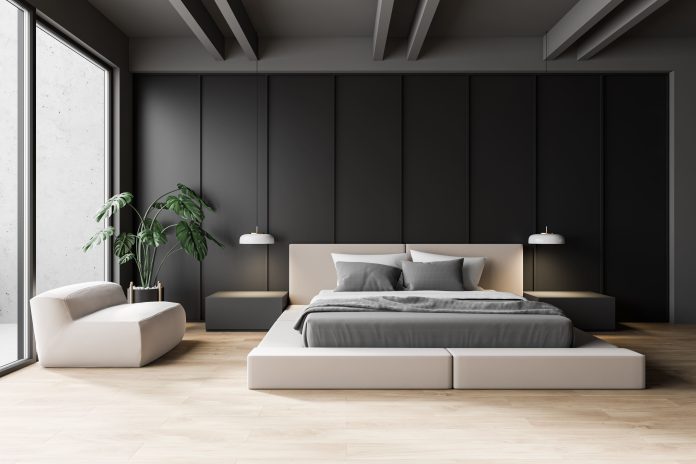Interior design is not just about decorating a room; it’s about creating a cohesive and functional space that reflects your personality and meets your practical needs. Whether you’re looking to refresh your living room or undertake a complete home makeover, understanding the basics of interior design can help you achieve a stunning result.
Why Interior Design Matters
Effective interior design can significantly improve the functionality and aesthetic of your home. It involves careful planning and attention to detail to ensure that every element of a space works together harmoniously. A well-designed interior enhances comfort, productivity, and overall well-being.
Essential Principles of Interior Design
To create a beautifully designed space, consider the following principles:
Color Harmony
The color scheme of a room sets the tone and mood. Choose colors that complement each other and align with the desired atmosphere. For a serene environment, opt for soft, neutral tones. For a vibrant look, incorporate bold, contrasting colors.
Lighting Design
Lighting is a crucial aspect of interior design that affects the ambiance and functionality of a space. Utilize a combination of ambient, task, and accent lighting to create a well-lit environment that enhances both form and function.
Space Planning
Effective space planning ensures that a room is functional and aesthetically pleasing. Arrange furniture and other elements to optimize flow and accessibility. Consider the scale and proportion of each item to maintain balance and harmony.
Textural Contrast
Mixing textures adds visual interest and depth to your design. Combine different materials such as wood, metal, and fabric to create a rich and dynamic environment. Textural contrasts can make a room feel more inviting and engaging.
Current Trends in Interior Design
Keeping up with trends can help you incorporate modern elements into your design:
- Biophilic Design: Integrating natural elements and greenery to enhance well-being.
- Vintage Revival: Incorporating retro styles and antique pieces for a nostalgic touch.
- Smart Home Integration: Using technology to enhance convenience and energy efficiency.
Final Thoughts
Mastering interior design involves understanding how to blend aesthetics with functionality to create a space that is both beautiful and practical. By focusing on color harmony, lighting, space planning, and textural contrast, you can achieve a design that truly reflects your style and enhances your living environment. For additional inspiration and expert tips on interior design, visit blogulcasei.ro.








